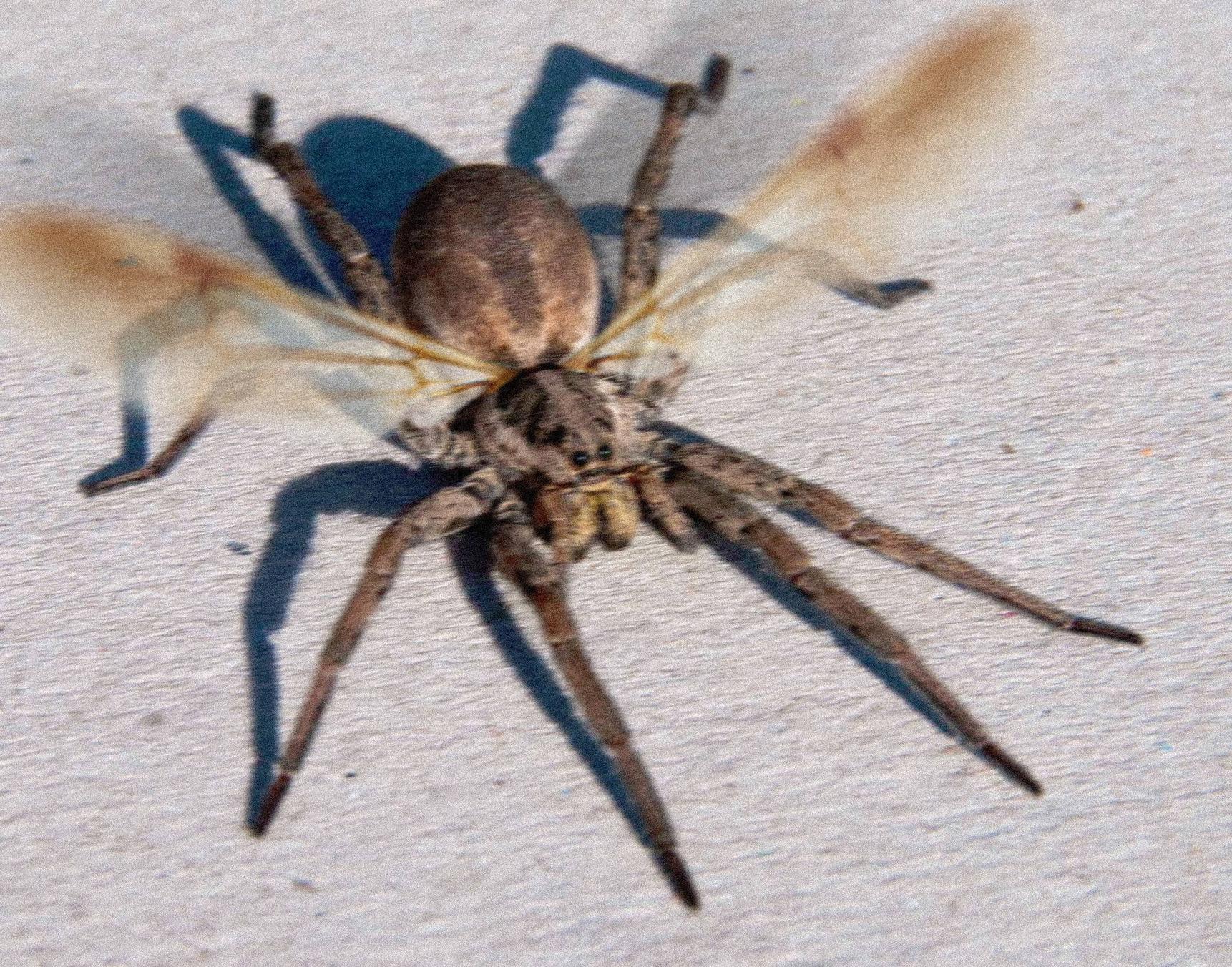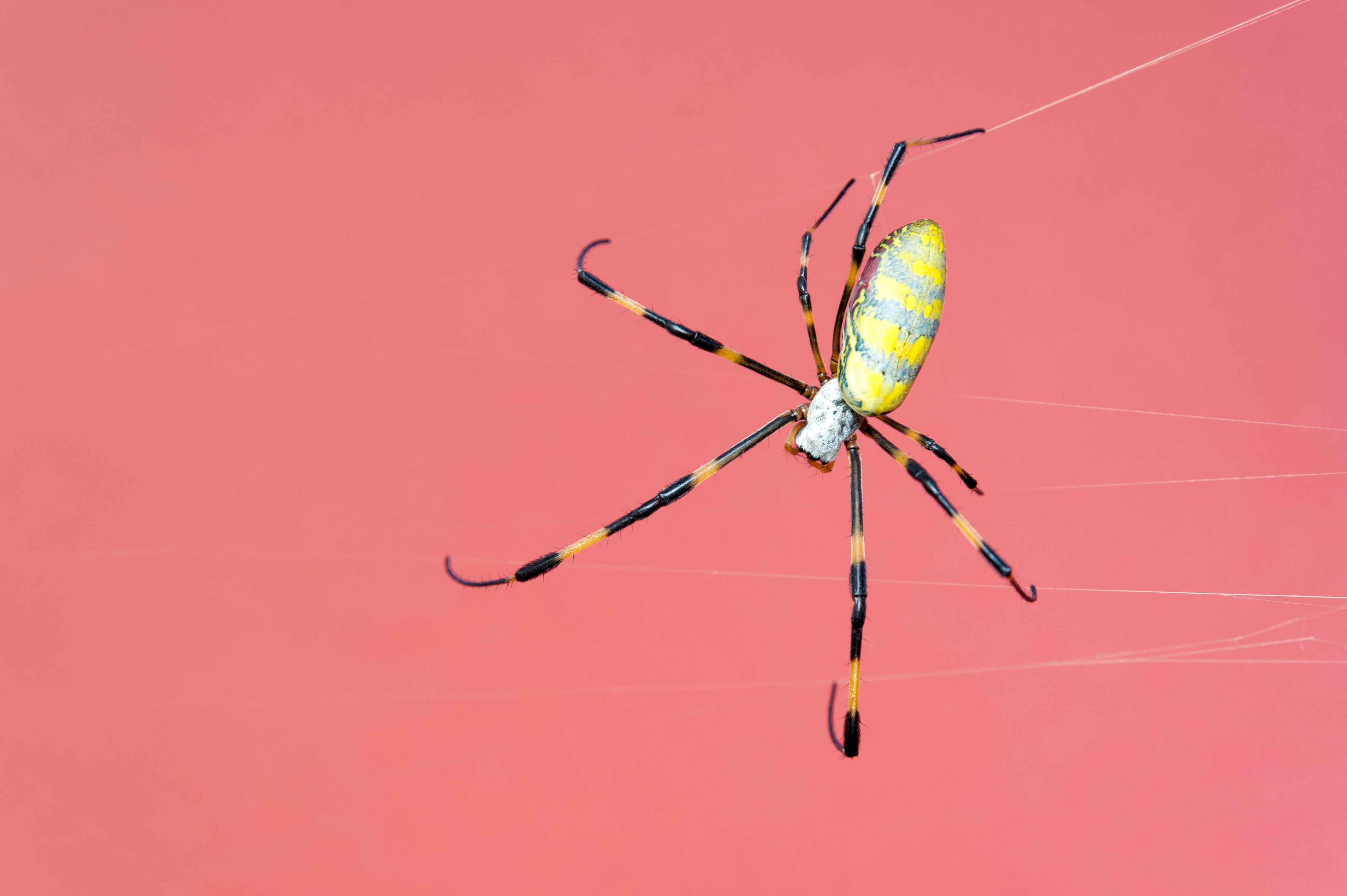Spider Flight Adaptations: Flying Spiders

Spiders have evolved various adaptations that enable them to fly, allowing them to disperse over long distances and colonize new habitats. These adaptations include gliding, parachuting, and ballooning.
- Gliding: Some spiders, such as the six-eyed sand spider (Sicarius hahni), have flattened bodies and long legs that act as wings. They can launch themselves into the air and glide for short distances, using their legs to control their direction.
- Parachuting: Other spiders, such as the common house spider (Araneus diadematus), produce long, silken threads that they release into the air. These threads catch the wind and carry the spiders away, allowing them to travel long distances.
- Ballooning: Some spiders, such as the orb-weaver spider (Nephila clavipes), produce a large amount of silk that they release into the air. This silk forms a balloon that carries the spider away, allowing it to travel even longer distances than parachuting spiders.
These adaptations have evolved over time as spiders have adapted to their environments. Gliding is most common in spiders that live in open areas, where they can take advantage of the wind to disperse. Parachuting and ballooning are more common in spiders that live in trees or other tall structures, where they can release their silk threads into the air.
Types of Flying Spiders

Spiders, known for their terrestrial nature, have evolved unique adaptations that enable certain species to take flight. These flying spiders possess specialized structures and behaviors that allow them to soar through the air, expanding their habitats and enhancing their survival strategies.
Notable Flying Spider Species
Among the diverse spider species, a few notable examples of flying spiders include:
- Parachute Spiders (Family: Linyphiidae): These tiny spiders produce silk threads that catch the wind, carrying them aloft like miniature parachutes. They are commonly found in grasslands and forests.
- Ballooning Spiders (Family: Salticidae): These spiders release long strands of silk that act as sails, allowing them to drift in the wind over long distances. They are often found in open areas such as meadows and fields.
- Web-Riding Spiders (Family: Theridiidae): These spiders construct intricate webs that catch the wind, lifting them into the air. They are commonly found in forests and gardens.
Unique Adaptations
Flying spiders have evolved specific adaptations that facilitate their aerial maneuvers:
- Specialized Silk: Flying spiders produce silk that is lightweight, strong, and easily dispersed by the wind, enabling them to create parachutes, sails, or web structures for flight.
- Long Legs: Many flying spiders have long legs that provide increased surface area for silk attachment, enhancing their ability to catch the wind.
- Low Body Mass: Flying spiders are typically small and have a low body mass, reducing their weight and making them more buoyant.
Habitats and Behaviors, Flying spiders
Flying spiders occupy diverse habitats, including forests, grasslands, meadows, and gardens. They often exhibit nocturnal behavior, taking flight during the night when wind conditions are favorable.
- Wind Dispersal: Flying spiders utilize the wind to disperse over long distances, colonizing new habitats and expanding their populations.
- Prey Capture: Some flying spiders use their aerial abilities to capture prey by drifting over open areas and pouncing on unsuspecting insects.
- Escape Mechanism: Flying spiders can use their flight to escape predators or unfavorable conditions by soaring away from danger.
Ecological Impact of Flying Spiders

Flying spiders play significant ecological roles in various ecosystems. Their ability to fly grants them unique advantages that influence their feeding habits, predator-prey interactions, and potential impact on the dispersal of other species.
Feeding Habits
Flying spiders possess an expanded foraging range compared to their terrestrial counterparts. They can access aerial prey, such as flying insects, that are typically unavailable to ground-dwelling spiders. This expanded diet allows flying spiders to exploit a wider range of food sources and reduce competition with other predators.
Predator-Prey Interactions
The ability to fly provides flying spiders with an escape mechanism from predators. They can rapidly ascend or descend, making them difficult targets for ground-based predators. Additionally, their aerial maneuverability enables them to pursue and capture prey more effectively, increasing their hunting success rate.
Dispersal of Other Species
Flying spiders can inadvertently facilitate the dispersal of other species. Their webs and egg sacs can serve as transportation for tiny organisms, such as insects, mites, and even plant seeds. By carrying these organisms across long distances, flying spiders contribute to the genetic exchange and colonization of new habitats.
As the twilight sky darkened, the nocturnal dance of flying spiders commenced, their gossamer threads shimmering in the fading light. Like celestial acrobats, they wove intricate patterns in the air, defying gravity with effortless grace. Amidst this ethereal ballet, one could almost hear the whispered incantations of an osha acolyte , guiding the spiders’ movements with unseen hands.
The spectacle continued, a mesmerizing display of nature’s artistry, until the break of dawn, when the spiders vanished into the shadows, leaving behind only a faint memory of their nocturnal flight.
Flying spiders, a rare and fascinating sight, have long captivated the imagination of both scientists and laypeople alike. Their ability to glide through the air has been the subject of numerous studies, and their unique adaptations have made them a topic of discussion in the scientific community.
One such study, published in the journal “Acolyte Review” ( acolyte review ), sheds light on the evolutionary history of these enigmatic creatures, providing valuable insights into their biology and behavior.
Flying spiders, with their graceful aerial maneuvers, are a fascinating sight to behold. Yet, beneath their delicate appearance lies a hidden danger. Like the infamous Amanda Knox , they can strike with unexpected venom. Their webs, like tangled threads of intrigue, can entrap the unwary, leaving behind a trail of mystery and uncertainty.
But just as Knox’s innocence was eventually proven, so too can the true nature of these enigmatic creatures be revealed through careful observation and scientific inquiry.
The spectacle of flying spiders, their silken threads glistening in the sunlight, is a mesmerizing sight. Their ability to traverse the air evokes a sense of wonder, akin to the mystical powers attributed to Master Indara , the legendary sorcerer.
Like the spiders’ aerial dance, Master Indara’s incantations and potions held the power to defy gravity, transporting him through the realms of the unknown. Yet, as with the spiders, the secrets of their flight remain elusive, leaving us with a tantalizing glimpse into the boundless mysteries of nature.
The spectacle of flying spiders is one that has captivated the imagination of both scientists and laypeople alike. These arachnids, which are capable of dispersing over great distances by means of silken threads, have been the subject of numerous studies and have even inspired works of fiction.
In the true crime realm, the case of Amanda Knox , an American student who was wrongly convicted of murder in Italy, bears striking parallels to the phenomenon of flying spiders. Both the spiders and Knox were caught in a web of circumstantial evidence and subjected to intense scrutiny.
And just as the spiders ultimately managed to escape their silken trap, so too did Knox eventually achieve justice.